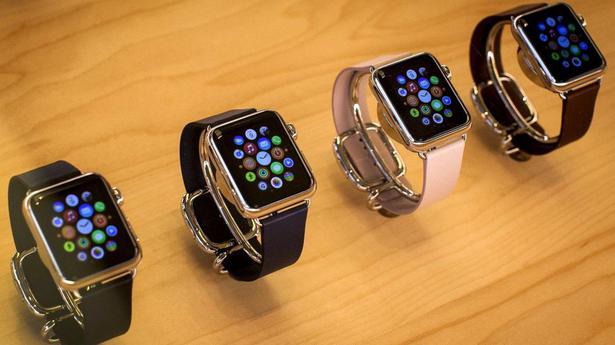
Science For All: Tapping sweat for electricity
The Hindu
The wearable watches and health patches that can sense changes in your vital from skin contact all h
The wearable watches and health patches that can sense changes in your vital from skin contact all have one limiting problem – they run on batteries, which must be charged. Researchers at the University of Massachusetts Amherst, in the United States claim to have figured out an ingenious hack. They have developed a biofilm that harvests the energy in evaporation and converts it to electricity.
This biofilm is a thin sheet of bacterial cells and roughly the thickness of a sheet of paper. It is produced naturally by an engineered version of the bacteria, Geobacter sulfurreducens. G. sulfurreducens is known to produce electricity and has been used previously in "microbial batteries" to power electrical devices. However, such microbial cells require that G. sulfurreducens be properly cared for and fed a constant diet. By contrast, this new biofilm, which can supply as much, if not more, energy than a comparably sized battery, works continuously, because it is dead. And because it's dead, it doesn't need to be fed.
G. sulfurreducens grows in colonies that look like thin mats, and each of the individual microbes connects to its neighbours through a series of natural nanowires. The team then harvests these mats and uses a laser to etch small circuits into the films. Once the films are etched, they're sandwiched between electrodes and finally sealed in a soft, sticky, breathable polymer that can be directly applied to skin. Once "plugged in,” it can power small devices.
Walking a tightrope in messaging transmission routes
How lactose tolerance in humans became widespread
HIV drugs shortage is a challenge to ending AIDS in India
What is the largest known bacteria-to-animal transfer of gene? Read the answer here.











